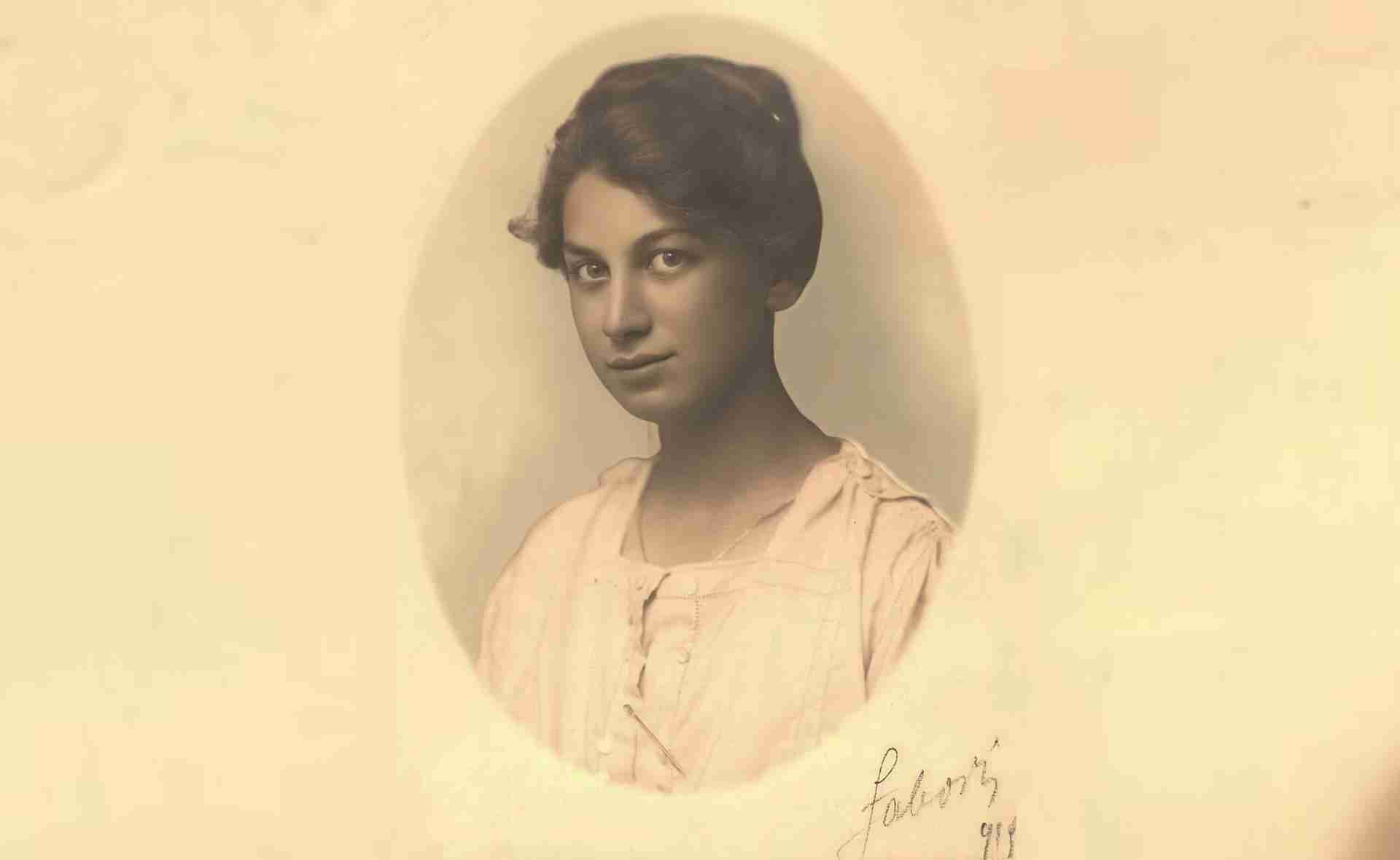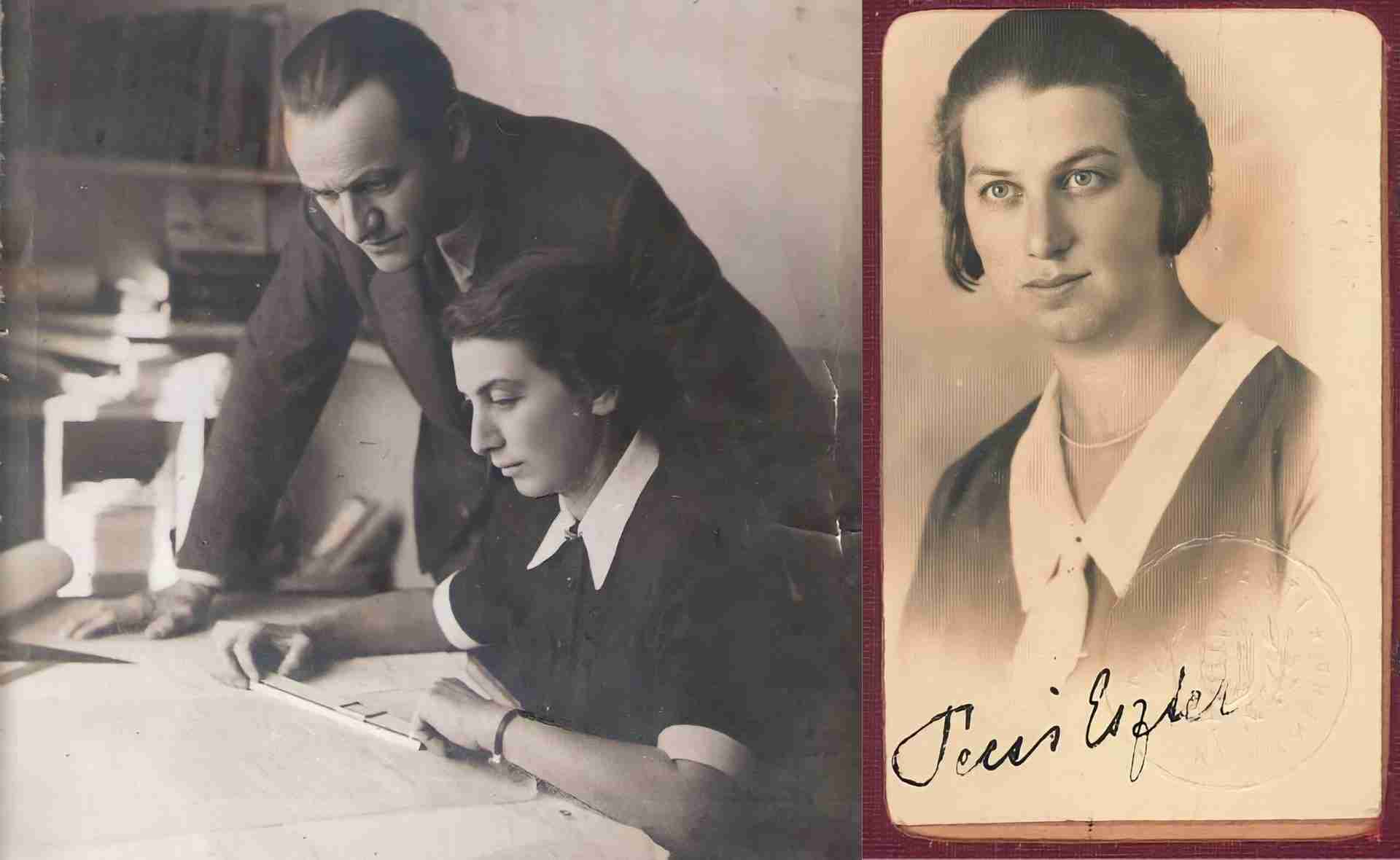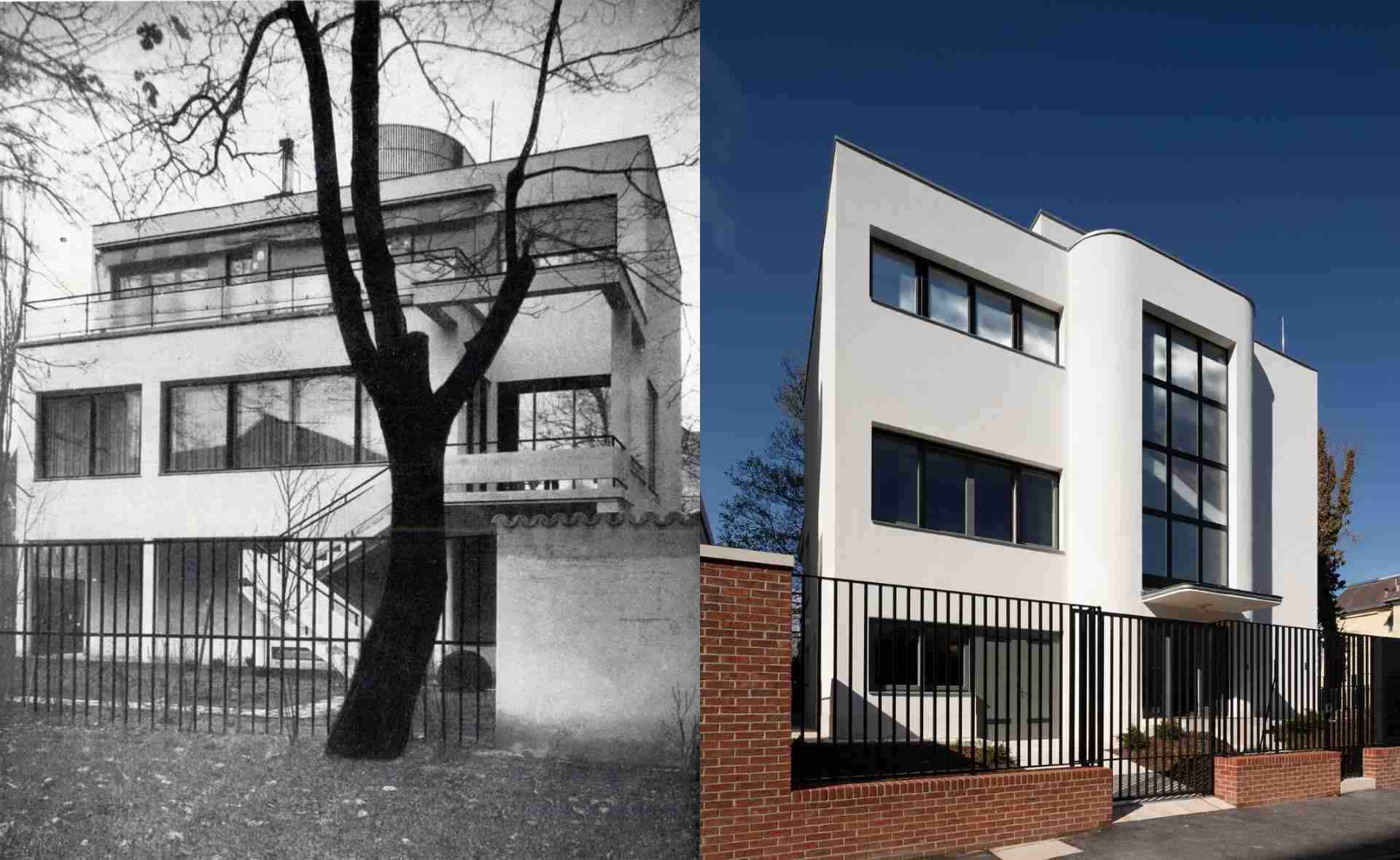125 years ago, on 8 March in 1898, the date of today's International Women's Day, Eszter Pécsi, the first woman in Hungary to obtain a degree in architecture, was born. She also received her diploma on Women's Day, 8 March in 1920, at the Budapest University of Technology. The life and career of Eszter Pécsi, coming from a family of seven children, enduring poverty and hardships and later becoming a sought-after structural engineer, still stands today as a shining example of will, hard work and perseverence for all of us.
Nowadays we think of International Women’s Day as a celebration complete with flowers and chocolate – however, it was nothing like that in the spring of 1898 when Eszter Pécsi was born in Kecskemét, Hungary. Three decades earlier, on 8 March 1857, some 40,000 women workers in New York had gone on strike to fight for equal wages and a reduction in working hours. Women have been celebrating this day since 1917 - and officially in Hungary since 1948 - to commemorate their brave stand.

Eszter Pécsi was born on Women's Day and spent her life demonstrating exactly the same goals as the women workers in New York: fighting for equality, dignity and equal conditions, with great success. From 1915 to 1919 she studied engineering at the Technische-Hochschule in Berlin-Charlottenburg. She had not yet graduated when the Budapest University of Technology opened its doors to female students, so she travelled back to Hungary to finish her studies. She was one of the four women, along with Marianne Sternberg-Várnay, Villma Máhrer and Irma Simonyi-Hajós, who were the first to study at a Budapest-based engineering school.
On her 22nd birthday, on 8 March 1920, Pécsi received her architect's degree and there was never a doubt in her mind that she wanted to put her knowledge to good use. A year and a half later, she tied the knot with Joseph Fischer, a modernist architect two years her junior. Their two sons, George and John, also graduated as architects.

Eszter Pécsi and her husband architect József Fischer
"Once I've done the calculations, drawn up the detailed plans and the work starts, I'm in constant control, so I spend most of my time on the buildings and in my little sports car. I love driving. Rushing past my smaller and larger reinforced concrete „children”, which are all over town, but what I love most is going home to my boys to do math homework or go over Latin conjugations. [...] Just because someone happens to be born a woman, she has to work just as if life had destined him to be a man. [...] My husband is an architect and we work together very often. I like working with him, we always understand each other."
Soon after graduation, Eszter Pécsi took a job at the engineering office of Guth and Gergely, where she soon worked as a senior designer until 1930. Together with Fischer, she was a member of the Congres Internationaux d’Architecture Moderne (CIAM).
Pécsi gained her reputation largely due to her structural works. Her iconic creations in Hungary include the Alfréd Hajós indoor swimming pool at Margitsziget, the emergency hospital at Fiumei Road, the Kútvölgyi Hospital and several modern villas and houses, such as the Rózsi Walter Villa in Budapest. In 1949 she joined the Planning Office of the Ministry of Metallurgy and Engineering, where she also held the position of Chief Engineer. In 1957, she was dismissed for political reasons and went into exile, first in Vienna and then, from 1958, in New York as a structural engineer. She worked on several buildings with Marcell Breuer, one of the leading figures of Bauhaus.

The Rózsi Walter Villa in Budapest then and now
Settling down in New York, she left her mark on a number of iconic buildings. She designed the reinforced concrete structure of New York’s Hotel America, which later became the famous Hotel Sheraton. In addition, she designed the structural plans for Columbia University’s two towers.
Eventually, after everal attempts, her husband's application to emigrate was granted, allowing him to follow Esther to the United States in 1964. Tragically Pécsi suffered a stroke in 1970 and passed away in New York at the age of 77. The ashes of the first Hungarian architect were repatriated by her family and interred in Farkasréti Cemetery.
Did you know?
- Eszter Pécsi was one of the first four women to study at the Budapest University of Technology, alongside Marianne Sternberg-Várnay, mechanical engineer Villma Máhrer and Irma Simonyi-Hajós
- In 1965 Pécsi was awarded “Best structural engineer of the Year” for the special foundation method she invented which allowed high-rise buildings to be built on the banks of the Hudson River in New York
- Eszter Pécsi taught at New York University between 1959 and 1970
- Pécsi’s husband József Fischer was also an outstanding architect of his time, together they designed such memorable examples of modern architecture as the Rózsi Walter Villa in Budapest
